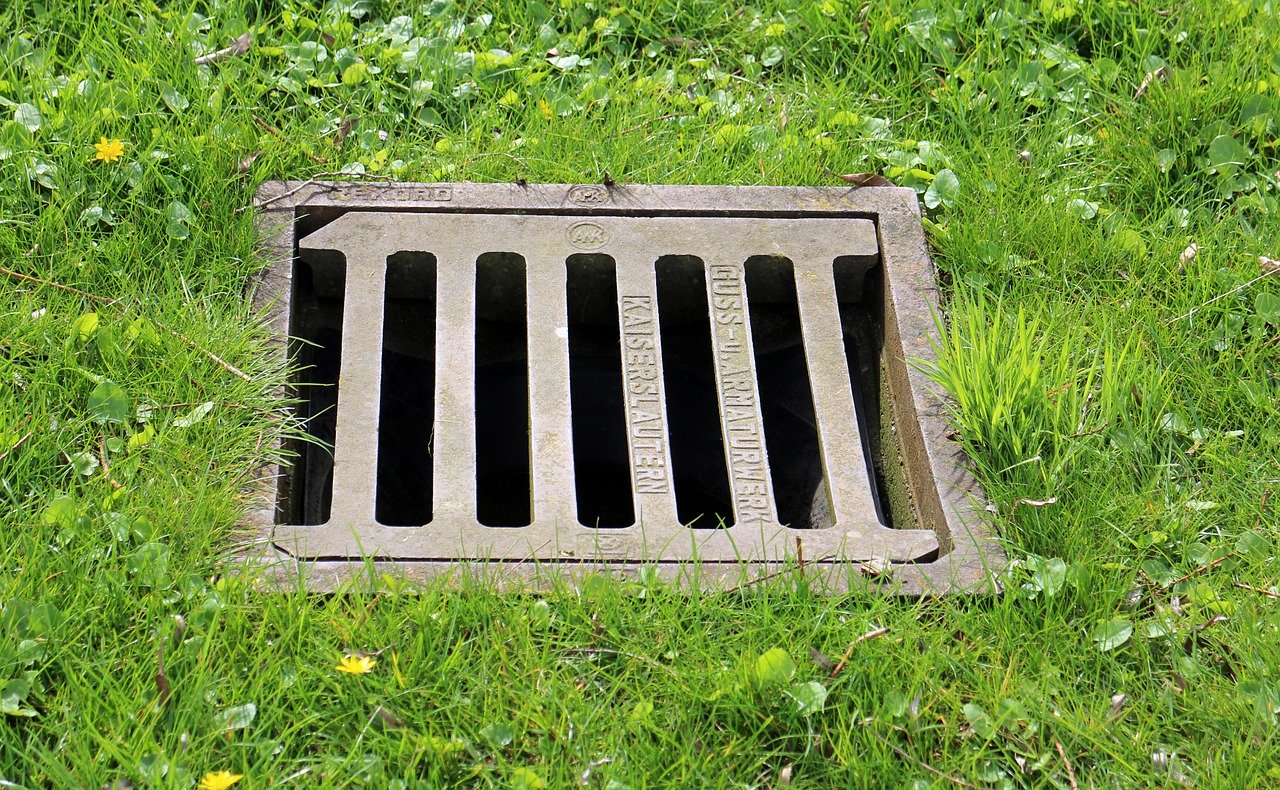Every time waste is flushed down the toilet, the wastewater is transported into an underground sewage system. The sanitary pipe transports into a treatment plant, where the wastewater is decontaminated. Without a pipe system, coliform bacteria and other pathogens can accumulate inside water wells, making water unsafe to drink. The sewage system protects community health and promotes a healthy environment more than most people imagine.
Sanitary Sewer
Human waste typically travels downward gravity, flowing the waste with water into the sanitary pipe. The sewage system is an interconnected pipe system found under municipal neighborhoods. Environmental laws mandate treatment plants to install a pipe system that collects waste from each residential or commercial property. Sometimes pipes can break if too much waste is flushed down. A plumbing service can use sewer repair products to fix the broken pipe.
Storm Sewer
Artificial structures, such as car parks and sidewalks, are abound in urban environments. Asphalt exterior surfaces drain rainfall into the stormwater pipe, preventing runoff from seeping into natural bodies of water. Stormwater runoff is one of the main causes of flooding and can contribute to water pollution. The sewer pipe traps the wastewater inside and the mixed waste is transported into a longer pipe.
Interceptor
A network of pipes flows into a large interceptor pipe, an elaborate mile long pipe with a large capacity to transport the wastewater. The pipe directly connects to the treatment facility. Waste not only travels from large structures, but are collected by manholes. City streets contain several manholes, which are small openings to any space that supplies essential services to nearby buildings such as gas, electricity and sewage.
The overall sewage system contains several interconnected pipes, since sewage waste is not disposed from one specific area. Proper maintenance of sewage systems promotes a cleaner environment where toxins are chemically deactivated. Each pipe serves a specific purpose, but all pipes ultimately collect and transport wastewater, storing the toxins away from public exposure.


